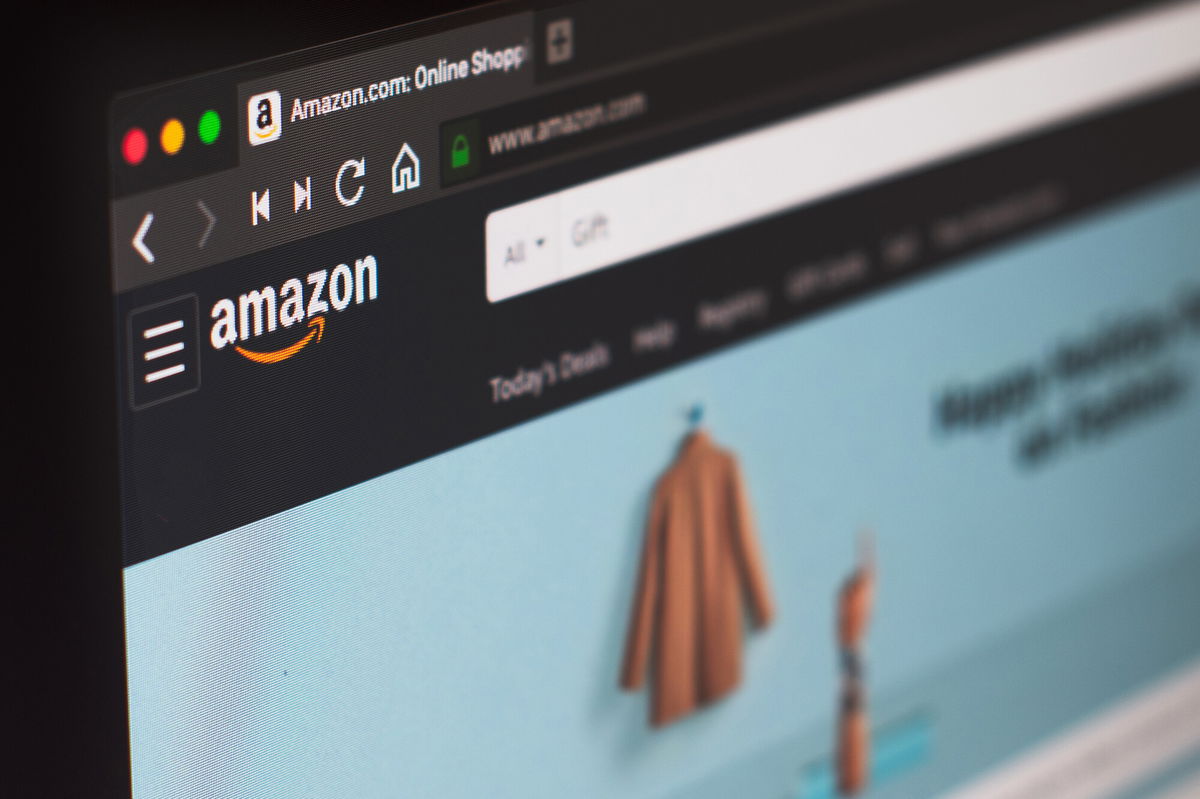Why Amazon makes you click a box to redeem coupons

Amazon sometimes makes us check a box to save.
By Nathaniel Meyersohn, CNN Business
Saving money can take a little extra effort: clipping coupons, searching for a promotional code, signing up for an email list….
But Amazon sometimes makes us check a box to save. Huh? Those orange “coupon” banners below the price on Amazon’s online store are a head-scratcher.
Why does Amazon make us go through the extra step of clicking a box to “save $2 when you apply this coupon?” Why doesn’t the coupon just apply automatically?
The answer lies in the subtle but highly effective way Amazon and other stores use shopping psychology to influence our buying decisions.
Cart abandonment
By making us click a box, Amazon hopes to avoid the “cart abandonment” problem — when shoppers add something to their virtual shopping cart but don’t end up buying it.
That’s a big challenge for online retailers. They miss out on billions of dollars of potential sales annually because of shoppers thinking twice about buying a product.
Around 70% of online shopping carts containing at least one item are eventually abandoned, according to the Baymard Institute, an e-commerce consultancy based in Copenhagen.
The top reason customers walk away: They say they were just browsing and weren’t ready to make a purchase, according to the firm.
So companies look for persuasion tactics to get shoppers to follow through and click the “buy” button.
Putting “effort” into online shopping
Amazon’s tactic to display a coupon option, instead of just automatically showing a discounted price, gives shoppers an extra incentive to make the purchase right away, say marketing experts.
Customers also want to be rewarded for the effort they put in to shop. It may not feel like much to click a box — but it does make a difference.
Amazon’s coupon box puts customers in a more active and engaged role in landing a reward, making it more visceral for them, said Tamara Masters, an assistant professor of marketing at the University of Utah’s David Eccles School of Business who studies shopping psychology.
By consciously seeing and clicking on the coupon box, instead of just having the coupon applied automatically, the “reward can be expected to be felt more acutely,” Masters said. “You get to apply it and see the happy effects.”
That’s a benefit to Amazon in the long run. When a consumer feels rewarded after exerting effort in purchasing, “they are more willing to buy and more willing to pay more” from a company in the future, she said.
Coupon pages
Amazon said in a statement that its coupons were easy to clip. And the coupon box is just one of the ways Amazon targets shoppers looking for bargains.
Amazon also has a standalone page on its website for coupons on select brands. If shoppers go to the page, they can clip the coupons virtually and don’t have to take the extra step of checking a box.
Amazon’s approach is designed to reach the shoppers who will shop exclusively based on which brands are offering coupons, which are different than products on sale, price promotions or discounts.
Having a dedicated page for coupons also helps ensure that coupon clippers will stay on Amazon’s website and keep them away from using popular coupon sites like Groupon — which can be redeemed at any retailer.
“Instead of letting coupon sites get the money, Amazon is capturing that for themselves,” said Masters.
Offering coupons is an effective strategy for third-party sellers on Amazon too, according to Jason Boyce, the founder of Avenue7Media, a consultancy for sellers.
Coupons have been a more successful tactic compared to offering a straight-up discount in getting buyers to complete their purchases, he said. They also helping sellers move up in Amazon’s search rankings, he said. “Sale prices don’t have the same results as coupons.”
The-CNN-Wire
™ & © 2022 Cable News Network, Inc., a WarnerMedia Company. All rights reserved.
